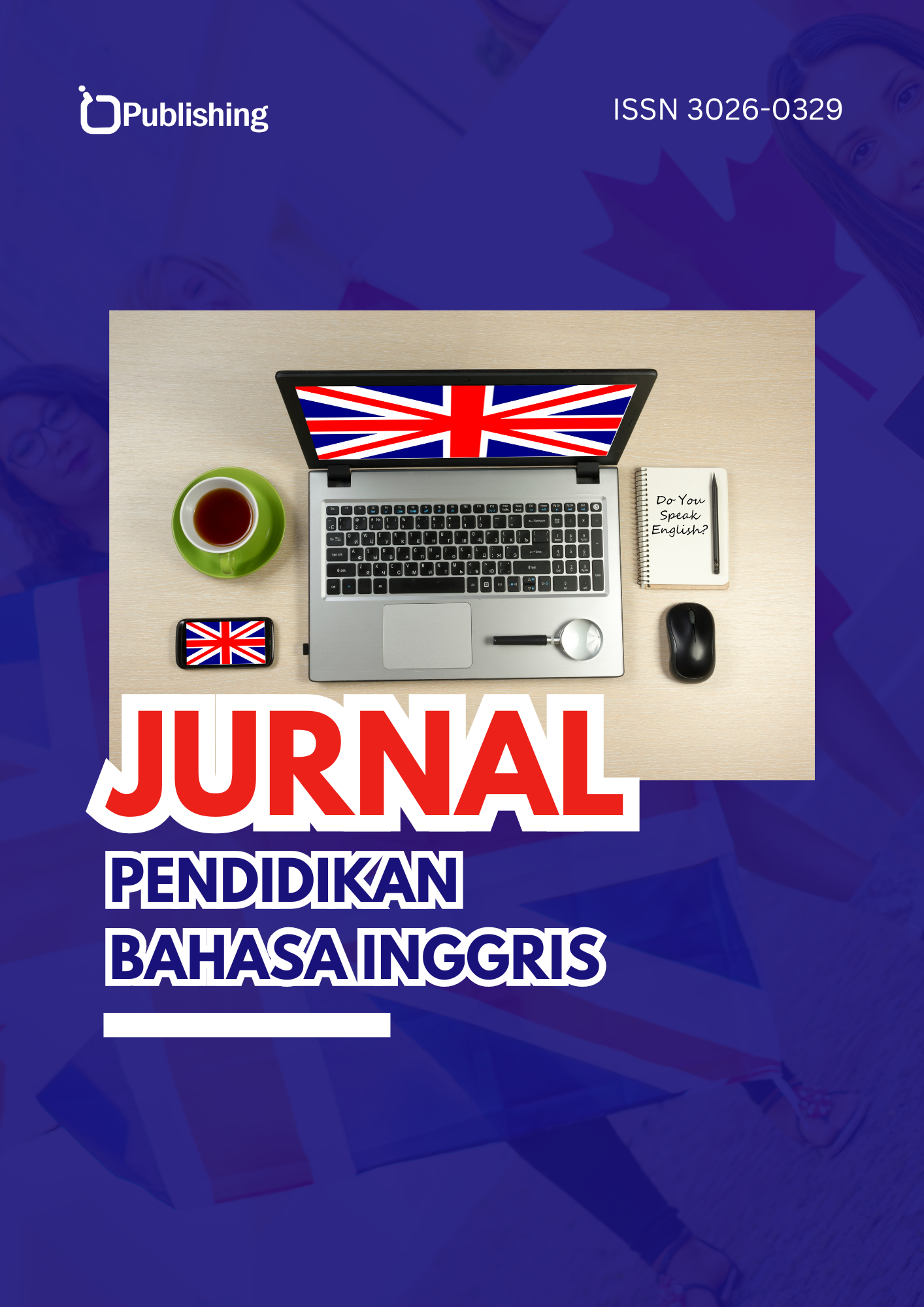The Impact of Semantics Awareness on English Learning Anxiety: A Study of Perceptions of 6th Semester Students at University Muhammadiyah of Tangerang
DOI:
https://doi.org/10.47134/jpbi.v1i4.726Keywords:
Semantic Awareness, English Learning Anxiety, Students' PerceptionAbstract
This study investigates the impact of semantic awareness on English learning anxiety among sixth-semester students at Universitas Muhammadiyah Tangerang, utilizing a mixed-methods approach. The research surveyed 10 students (5 from class A1 and 5 from class A2). Both quantitative and qualitative analyses were conducted to explore the relationship between semantic awareness and learning anxiety. Findings indicate that students with higher semantic awareness reported better comprehension and use of English in academic and social contexts, suggesting a significant connection between these factors. The study highlights practical applications for language education, emphasizing the importance of enhancing semantic awareness to reduce anxiety and improve language learning outcomes. These results provide valuable insights for educators in designing effective language learning strategies, ultimately aiming to foster a more supportive and less anxiety-inducing learning environment for students.
References
Abdullah, S., Altun, M., & Hama, F. M. (2022). The effect of language learning anxiety on English oral performance. International Journal of Social Sciences & Educational Studies, 9(3). https://doi.org/10.23918/ijsses.v9i3p337 DOI: https://doi.org/10.23918/ijsses.v9i3p337
Bagha, K. N. (2011). A short introduction to semantics. Journal of Language Teaching and Research, 2(6). https://doi.org/10.4304/jltr.2.6.1411-1419 DOI: https://doi.org/10.4304/jltr.2.6.1411-1419
Brown, H. D. (2014). Principles of language learning and teaching.
Chan, K., Yeung, P. S., & Chung, K. K. H. (2024). The effects of foreign language anxiety on English word reading among Chinese students at risk of English learning difficulties. Reading and Writing. https://doi.org/10.1007/s11145-024-10513-y DOI: https://doi.org/10.1007/s11145-024-10513-y
Gardner, R. C., & D. M. P. (1993). A student’s contribution to second-language learning. Part II: Affective variables. DOI: https://doi.org/10.1017/S0261444800000045
Hidayati, N. (2020). The correlation between semantic and phonology. Linguamedia Journal, 1. DOI: https://doi.org/10.56444/lime.v1i1.1401
Horwitz, E. K. (2001). Language anxiety and achievement. 21, 112–126. DOI: https://doi.org/10.1017/S0267190501000071
Horwitz, E. K., Horwitz, M. B., & Cope, J. (1986). Foreign language classroom anxiety. The Modern Language Journal, 70(2). DOI: https://doi.org/10.2307/327317
Kristina Hutapea, O., & Marlina Raja Leba, S. (2023). Language, literature, and education. Culture, Language, Literature, and Education, 11(2). DOI: https://doi.org/10.53682/eclue.v11i2.6573
Pavlenko, A. (2016). Whorf’s lost argument: Multilingual awareness. Language Learning, 66(3), 581–607. https://doi.org/10.1111/lang.12185 DOI: https://doi.org/10.1111/lang.12185
Richards, J. C., & Schmidt, R. (2010). Longman dictionary of language teaching and applied linguistics. Pearson Education.
Seers, K. (2012). Qualitative data analysis. Evidence-Based Nursing, 15(1), 2. https://doi.org/10.1136/ebnurs.2011.100352 DOI: https://doi.org/10.1136/ebnurs.2011.100352
Sugiyono. (2018). Metode penelitian kuantitatif, kualitatif dan kombinasi (mixed methods). Alfabeta.
Tariq, S., & Woodman, J. (2013). Using mixed methods in health research. JRSM Short Reports, 4(6), 204253331347919. https://doi.org/10.1177/2042533313479197 DOI: https://doi.org/10.1177/2042533313479197
Tran, T. T. T., & Moni, K. (2015). Management of foreign language anxiety: Insiders’ awareness and experiences. Cogent Education, 2(1). https://doi.org/10.1080/2331186X.2014.992593 DOI: https://doi.org/10.1080/2331186X.2014.992593
Watson, R. (2015). Nursing standard: Quantitative research. DOI: https://doi.org/10.7748/ns.29.31.44.e8681
Youn, H., Sutton, L., Smith, E., Moore, C., Wilkins, J. F., Maddieson, I., Croft, W., & Bhattacharya, T. (2016). On the universal structure of human lexical semantics. Proceedings of the National Academy of Sciences of the United States of America, 113(7), 1766–1771. https://doi.org/10.1073/pnas.1520752113 DOI: https://doi.org/10.1073/pnas.1520752113
Downloads
Published
How to Cite
Issue
Section
License
Copyright (c) 2024 Siti Wulandari, Zami Aqil Alkhobir, Aidil Syah Putra

This work is licensed under a Creative Commons Attribution 4.0 International License.










